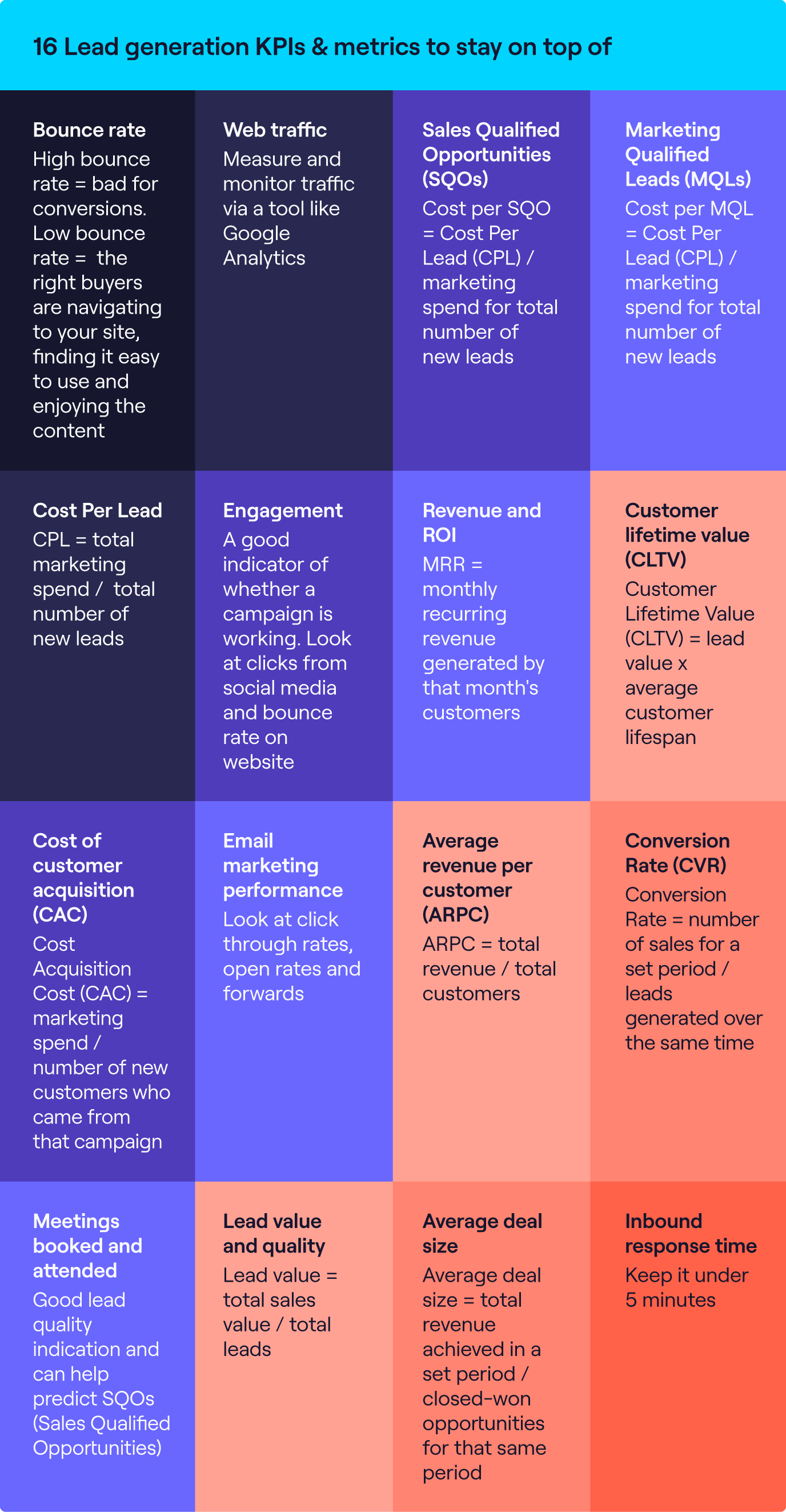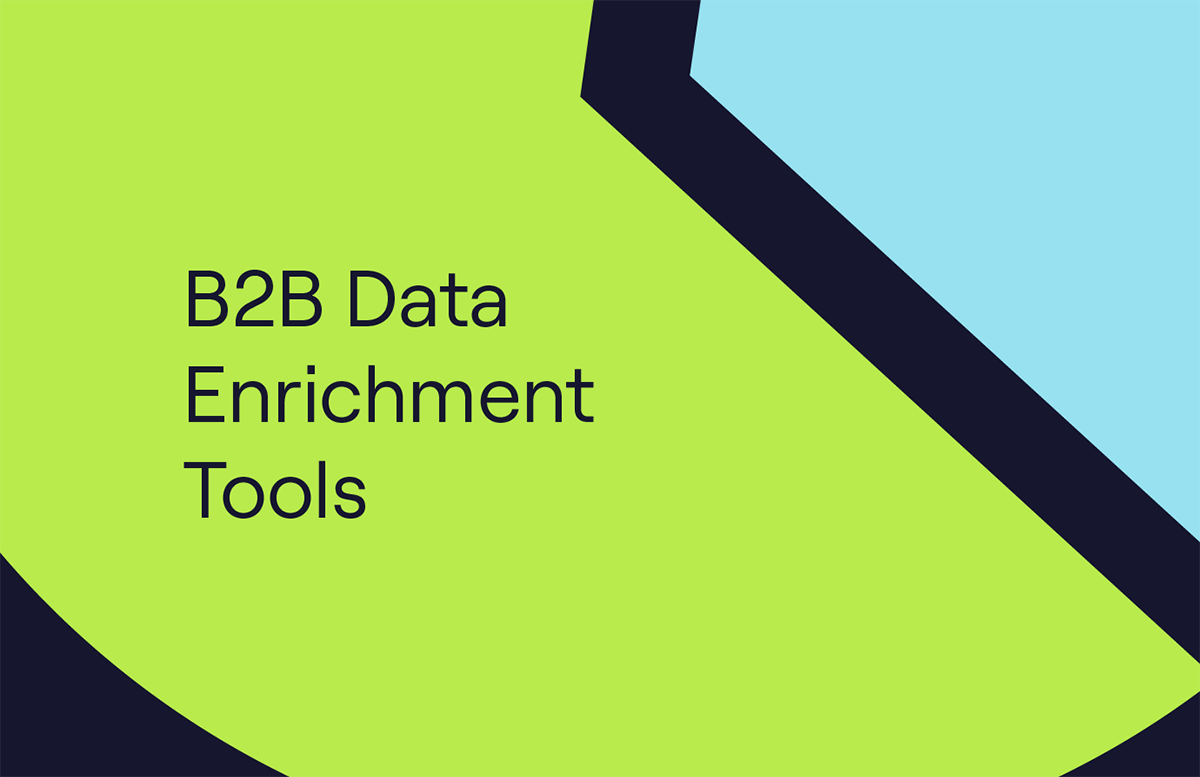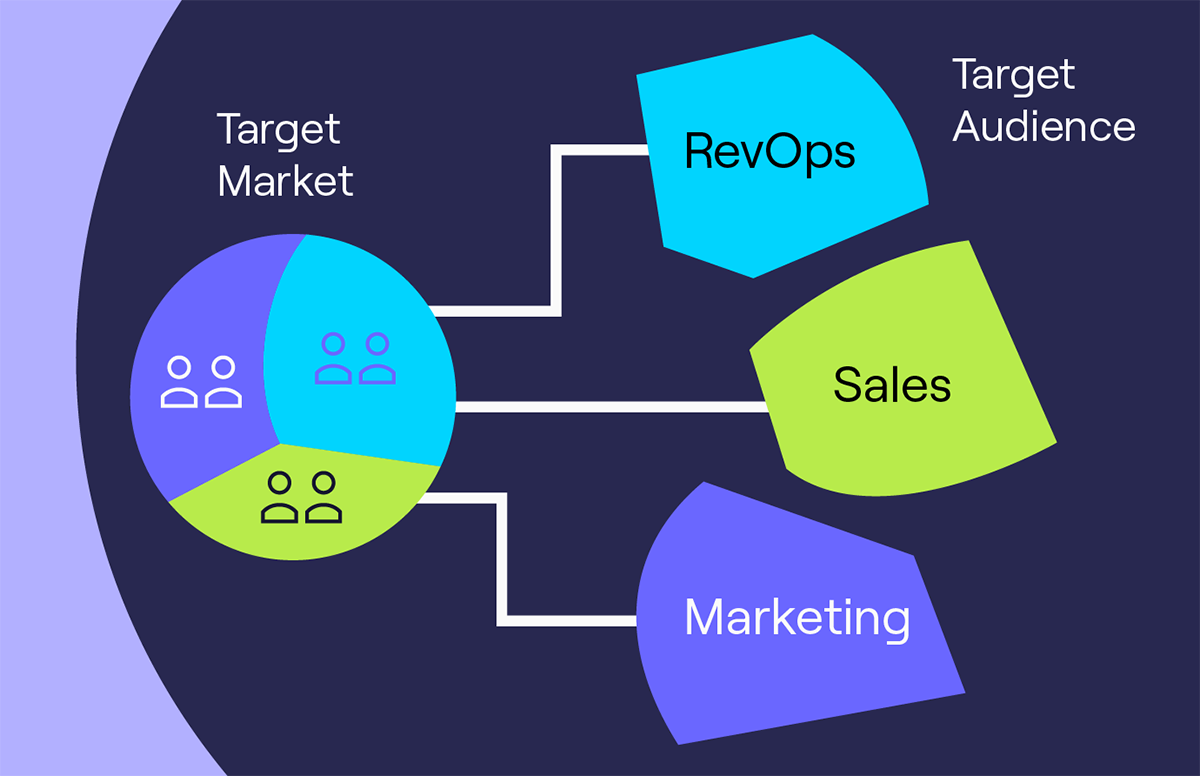16 Important Lead Generation KPIs and Metrics
Modern B2B sales and marketing has become more competitive than ever.
According to Semrush's ‘The State of Content Marketing Report,’ 79% of marketers are making lead generation a priority goal this year.
How can you possibly beat the competition?
It's simple:
Monitor your lead generation KPIs (Key Performance Indicators) and metrics.
Sounds too easy, right?
That’s why evaluating your leading metrics is so wonderful! Plus, it will help you get more qualified leads, improve conversions, boost customer lifetime values and increase your monthly revenue.
Not sure where to start? This guide’s got you covered 👇
Getting started with lead generation KPIs
If you want to know the success of a campaign, track your metrics and KPIs!
Measuring your B2B lead generation progress through metrics is an important step for any sales and marketing team, and here are a few reasons why:
- It gives you a starting number to compare in the future
- Measuring KPIs help strengthen team morale
- They support and influence your sales goals
By setting metrics and KPIs for lead generation, you’re better able to see how effective your strategies are at bringing in and converting targeted leads.
Of course, this begs the question:
How do you identify the right lead generation KPIs and metrics?
Like most aspects of B2B marketing, choosing the right metrics comes with a bit of trial and error.
Start off by investing in analytics tools to help measure your key lead generation performance metrics. Once you have enough marketing data, start comparing.
- Comparing impressions to the total amount of leads brought on from a specific campaign.
- Comparing total spend to the total number of leads gathered.
- Look at the number of sales generated over a specific period.
When it comes to choosing your lead generation KPIs, first consider your goals. Once you know what you want to achieve, the right metrics to measure performance will be clear.
16 KPIs and metrics that’ll boost your sales pipeline
Now on to the good stuff - which lead generation metrics should you measure?
The following 16 B2B lead generation KPIs will help inform your marketing and sales strategy:
1. Bounce rate
Your website’s bounce rate can tell everything you need to know about your content. It’s the rate at which readers have visited a page and whether or not they clicked on to another section of your website or left.
A high bounce rate tells you that they either didn’t find anything that interested them on your site or they were confused by it.
If they didn’t find what they needed, you might need to rethink your campaign targeting. You may be targeting individuals who aren’t interested in what you’re selling. Or, your content just wasn’t informative enough to make them want to make a purchase.
It will take some investigating, but a high bounce rate is not good for business. It negatively impacts your conversion rate.
A low bounce rate, on the other hand, is a good thing. It means the right buyers are navigating to your site, finding it easy to use and enjoying the content.
2. Website traffic
Website traffic is a good conversion KPI to gauge the performance of your sales and marketing campaigns.
Using a tool like Google Analytics or Ahrefs can help your track and monitor the amount of traffic your website or a specific page receives over time.
By monitoring this lead generation metric, you'll be able to discover what your ICP needs and deliver it to them as they progress down the sales funnel.
3. Engagement
Engagement is a lead generation KPI that works hand in hand with bounce rate and website traffic in that it tells you how engaging your content is.
Engagement is normally used to measure interactions with prospects across social media channels. An example being the number of likes, comments and shares a post gets.
A good indicator of whether a campaign is working to help build a growing audience across lead sources like LinkedIn and Facebook is a rise in clicks to your website.
If your website is failing to convert these leads, you’ll see a rise in your bounce rate. If the problem starts with your social media campaign you won’t see any movement from those posts to your website.
4. Meetings booked and attended
The ultimate goal of lead generation is to convert hot leads, but to do that you need to get new meetings booked and attended with the sales team.
A great B2B lead generation KPI is to measure how many meetings were booked and attended by marketing prospects.
By keeping track of your meetings booked you’ll have a good indication of lead quality and the number of meetings attended can help you predict your SQOs (Sales Qualified Opportunities)
5. Cost of customer acquisition (CAC)
Your cost per acquisition is how much you spend generating a lead and it’s an important lead metric when measuring the efficiency of your team.
You’ll want your CAC to be as low as possible. This is especially the case when presenting this lead generation KPI to your CEO because it will inform them of whether or not you're staying on budget and if you’re getting a good ROI from your endeavours.
Here’s the formula to work it out:
Cost of Customer Acquisition (CAC) = marketing spend / number of new customers who came from that campaign.
6. Lead value and quality
A crucial KPI for lead generation is the total value and quality of your leads. It helps predict how much revenue you're bringing in from incoming sales so you can make more informed decisions regarding your lead generation strategy.
Take a look at the number of leads your team is actually qualifying and how many result in a conversion or use this easy formula to work it out:
Lead value = total sales value/total leads
7. Customer lifetime value (CLTV)
One of the most important lead generation metrics for determining revenue is the lifetime value of your customer. This is the amount of revenue a customer will generate throughout their relationship with your business.
Having this as a revenue KPI can help you determine how much of your marketing budget you need to allocate to specific channels and which product or service to push there.
Here's a formula to work it out:
Customer Lifetime Value (CLTV) = lead value x average customer lifespan
8. Inbound response time
Whatever you do, don’t forget about your inbound lead generation efforts. Here you can measure the average response time to an inbound request and the percentage of inbound requests that have an outcome.
You can make things easier for your team by creating a lead generation metrics dashboard or an Excel sheet that everyone has access to for tracking results.
At Cognism, we aim to respond to an inbound request in under three minutes with a target of 70% having an outcome. Experiment with your team, and settle on a KPI target that fits your goals.
9. Average deal size
Your average deal size is a lead generation KPI that measures the total revenue your business has received during a set period of time.
A key player in working this B2B sales KPI out is your monthly recurring revenue (MRR). Armed with this information, you can forecast future sales, budget better and improve campaign performance.
Use this formula to work out your average deal size:
Average deal size = total revenue achieved in a set period / closed-won opportunities for that same period.
10. Conversion rate
Low conversion rates are the KPI red flags of B2B sales. Your conversion rate tells you how many of your qualified leads have converted into customers.
Problems with conversion might be anything from a broken link, appealing to the wrong target audience or a disorganised SaaS sales funnel. Do a bit of digging to find out what the issue is, look at your campaign metrics and optimise each to suit your Total Addressable Market.
A formula for working out your Conversion Rate (CR) is:
Conversion Rate = number of sales for a set period / leads generated over the same time.
11. Cost per lead
Your CPL is a key lead generation KPI, especially when it comes to your paid advertising campaigns. This metric can tell you which channel is your best lead source, how refined your social targeting is and how much budget you can put into generating more leads.
Here’s a quick formula for working out your Cost Per Lead (CPL):
CPL = total marketing spend / total number of new leads
12. Sales Qualified Opportunities (SQOs)
Measuring leads all comes down to SQOs and is arguably one of the most important lead generation metrics as it’s strongly indicative of incoming revenue.
What’s more, measuring this lead KPI can help you produce more consistent and better quality leads resulting in higher conversion rates, a reduced sales cycle and improved win rates.
Use this formula to work out your SQOs:
Cost per SQO = Cost Per Lead (CPL) / marketing spend for total number of new leads.
13. Marketing Qualified Leads (MQLs)
Marketing qualified leads are a demand generation metric that measure the amount of interest your company has produced based on your marketing efforts.
Plus, it can help your marketing team decide on how many qualified leads they need to generate monthly, per quart and annually.
Your cost per MQL is measured in the same way as your cost per SQO:
Cost per MQL = Cost Per Lead (CPL) / marketing spend for total number of new leads
14. Average revenue per customer (ARPC)
ARPC is a sales term that refers to the average revenue generated from each of your customers per month or year.
It’s a key performance indicator for lead generation and should not be overlooked in determining the profitability of your customers.
Here’s a formula to help you calculate your Average Revenue Per Customer (ARPC):
ARPC = Total revenue / total customers
15. Email marketing performance
Measuring your email marketing KPIs is a great way to measure lead generation. Yes, each campaign will be different, but there are a number of statistics you can measure including:
- The amount of times someone has opened your email, i.e. your open rate
- How many people clicked on links, i.e. your click-through rate
- The rate in which your subscriber list is growing
- The number of times your email has been forwarded on.
All of these lead generation KPI examples can be measured via analytics software or the sales automation tool you’ve chosen to use to send B2B emails.
16. Revenue and ROI
Here you’ll want to look at two B2B lead generation metrics - Monthly Recurring Revenue (MRR) and Return on Investment (ROI).
Your MRR is a predictable lead metric that determines a campaign's success and calculates all the revenue generated from all of your recurring deals. While your ROI calculates the profit you can expect from a business investment.
Calculate your MRR with this formula:
MRR = monthly recurring revenue generated by that month's customers
To calculate your ROI, you don’t need any formula! Our ROI calculator can help you with that.
Lead Generation sales KPIs template
With 16 lead generation metrics to keep up with, you can’t be expected to remember them all, can you?
We don’t expect you to! So we’ve created this downloadable list of lead generation KPIs for you to keep on hand. Simply right-click to save.

Drive growth with Cognism
All these lead generation KPIs will do wonders for driving revenue across teams, but if you’re anything like us, you’re probably thinking:
Is there more I can do?
Well, there is one thing…
You can explore an AI-powered sales intelligence solution like Cognism to ensure quality B2B contact data that’s GPDR and CCPA compliant.
Click 👇 to book a demo and start making every month your best month.



